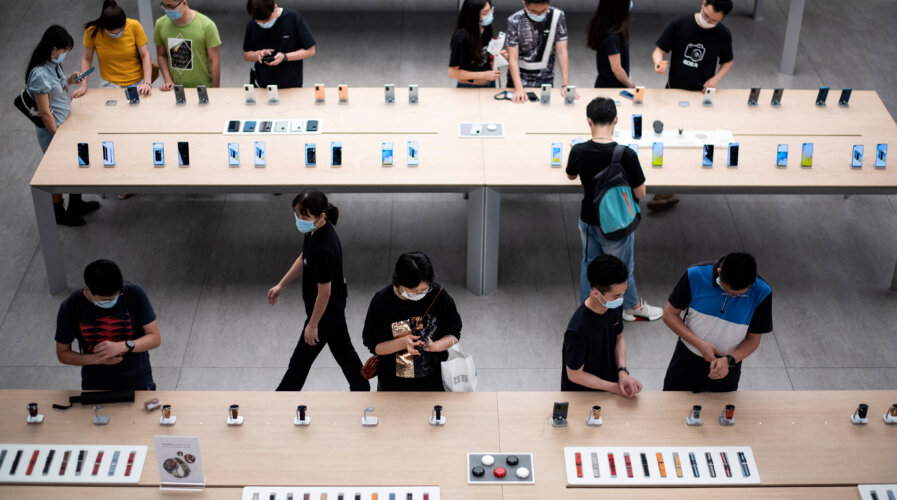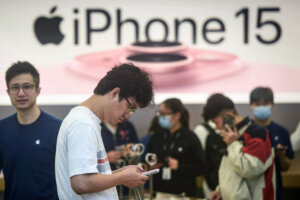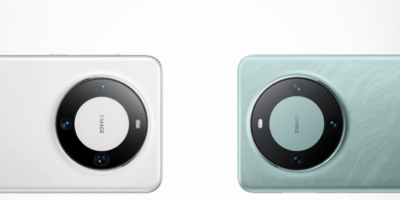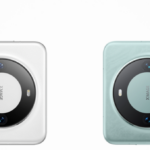
Huawei and Xiaomi surpass Apple in China’s Singles’ Day Sales. (Photo by NOEL CELIS / AFP)
Surprising shift: Huawei and Xiaomi surpass Apple in China’s Singles’ Day sales
- Amid domestic competition from Huawei, the sluggish performance with Apple is blamed on supply chain issues hampering the availability of its new iPhone 15 models.
- Huawei and Xiaomi experienced growth of 66% and 28%, respectively, YoY during the sales from October 30 to November 12
- Apple saw a 4% YoY decline in smartphone sales during the two weeks.
Over the past decade, Chinese consumers have gained a reputation for their unwavering passion for electronic gadgets, with mobile phones becoming an indispensable part of daily life. Apple, recognized for its performance and premium pricing, has enjoyed notable success in the Chinese market, particularly with the iPhone. It has seamlessly transformed a smartphone into a status symbol within the country’s social circles. However, a significant shift is underway as formidable domestic players Huawei and Xiaomi are rising to prominence.
Armed with innovative features, competitive pricing, and diverse product offerings, these companies are reshaping the dynamics of the Chinese smartphone market and challenging Apple’s long-standing dominance. Smartphone sales in China surged by 11% compared to the previous year in the opening four weeks of October, giving a noteworthy indication of the market’s rebound from an eight-month decline. Even more notable though is the fact that leading domestic brands outpaced Apple in terms of growth during the period.
According to a report published by Counterpoint Research, Xiaomi, Honor, and Huawei Technologies were the main forces behind the growth in the Chinese smartphone market. Huawei saw sales rise 90% year-on-year (YoY) during the period. The increase in overall demand indicated that China’s smartphone market is close to exiting an extended slum.
Apple has been under pressure to meet demand for its new devices, all while Huawei and Xiaomi released their latest flagship smartphones. “The clear stand-out in October has been Huawei, with its turnaround on the back of its Mate 60 series devices,” Counterpoint China analyst Archie Zhang said in the report, referencing the Shenzhen-based company’s latest handsets launched in late August, including the Mate 60 Pro.
Despite US sanctions intended to stifle access to such technology, that device is equipped with an advanced made-in-China 5G chip. On the other hand, Xiaomi’s latest flagship, the Xiaomi 14, released on October 26, experienced a 33% sales surge in China within four weeks. The company achieved over one million unit sales in under two weeks, as Xiaomi founder and CEO Lei Jun reported on Weibo.
Despite receiving less media coverage than Huawei’s Mate 60 Pro, the Xiaomi 14 is notable for being the world’s first device powered by Qualcomm’s Snapdragon 8 Gen 3 chipset and running Xiaomi’s new Android-based operating system, HyperOS.
Apple vs. Huawei vs Xiaomi: who did it better for Singles’ Day?
Source: Counterpoint Research Smartphone 360 Weekly Tracker, China. (*2022 spans Oct 31 – Nov 13; 2023 spans Oct 30 – Nov 12.).
During this year’s two-week Singles’ Day sales event, smartphone unit sales in China grew by 5% YoY, indicating a positive fourth quarter, according to Counterpoint’s report. “This is a good start to the rest of the quarter,” says Mengmeng Zhang, senior analyst for China. “Huawei is continuing its strong run along with Xiaomi, which is enjoying a further spike in sales with the launch of its new 14 series devices.”
Apple appears to be struggling from hiccups regarding supply, Ivan Lam, senior analyst for manufacturing at Counterpoint, added. He added that Apple is improving compared to last year. “Considering last November’s supply snafu was an anomaly, the YoY numbers could move into positive territory as current supply tightness normalizes,” he concluded.

A man tries out a newly-launched iPhone 15 mobile phone at an Apple store in Hangzhou, in China’s eastern Zhejiang province on September 22, 2023. (Photo by AFP) / China OUT
In total, the number of Apple smartphones sold declined 4% YoY during the two-week sales from October 30 to November 12, the research consultancy said last Thursday. In comparison, the number of units sold by Huawei and Xiaomi grew 66% and 28% YoY, respectively, over the same period.
A Reuters report indicated that the price for Apple’s latest iPhone 15 model starts at 5,999 yuan (US$832), while Huawei’s Mate 60 smartphones start from 5,499 yuan (US$763). Xiaomi’s latest Mi 14 smartphone is priced at 3,999 yuan (US$555). E-commerce giants like Alibaba and JD.com refrained from disclosing Singles’ Day sales figures this year, continuing a practice adopted last year.
JD.com did share that the transaction volume for Apple products on its platform exceeded 10 billion yuan (US$1.39 billion). Meanwhile, Xiaomi reported a cumulative gross merchandise value of more than 22.4 billion yuan for the shopping event.
Apple is navigating a fiercely competitive landscape in China’s smartphone market, especially since the launch of the iPhone 15 collection.
Traditionally a dominant player, the tech giant is now contending with challenges posed by formidable domestic rivals, reshaping the dynamics of the world’s largest smartphone market.
READ MORE
- Safer Automation: How Sophic and Firmus Succeeded in Malaysia with MDEC’s Support
- Privilege granted, not gained: Intelligent authorization for enhanced infrastructure productivity
- Low-Code produces the Proof-of-Possibilities
- New Wearables Enable Staff to Work Faster and Safer
- Experts weigh in on Oracle’s departure from adland




